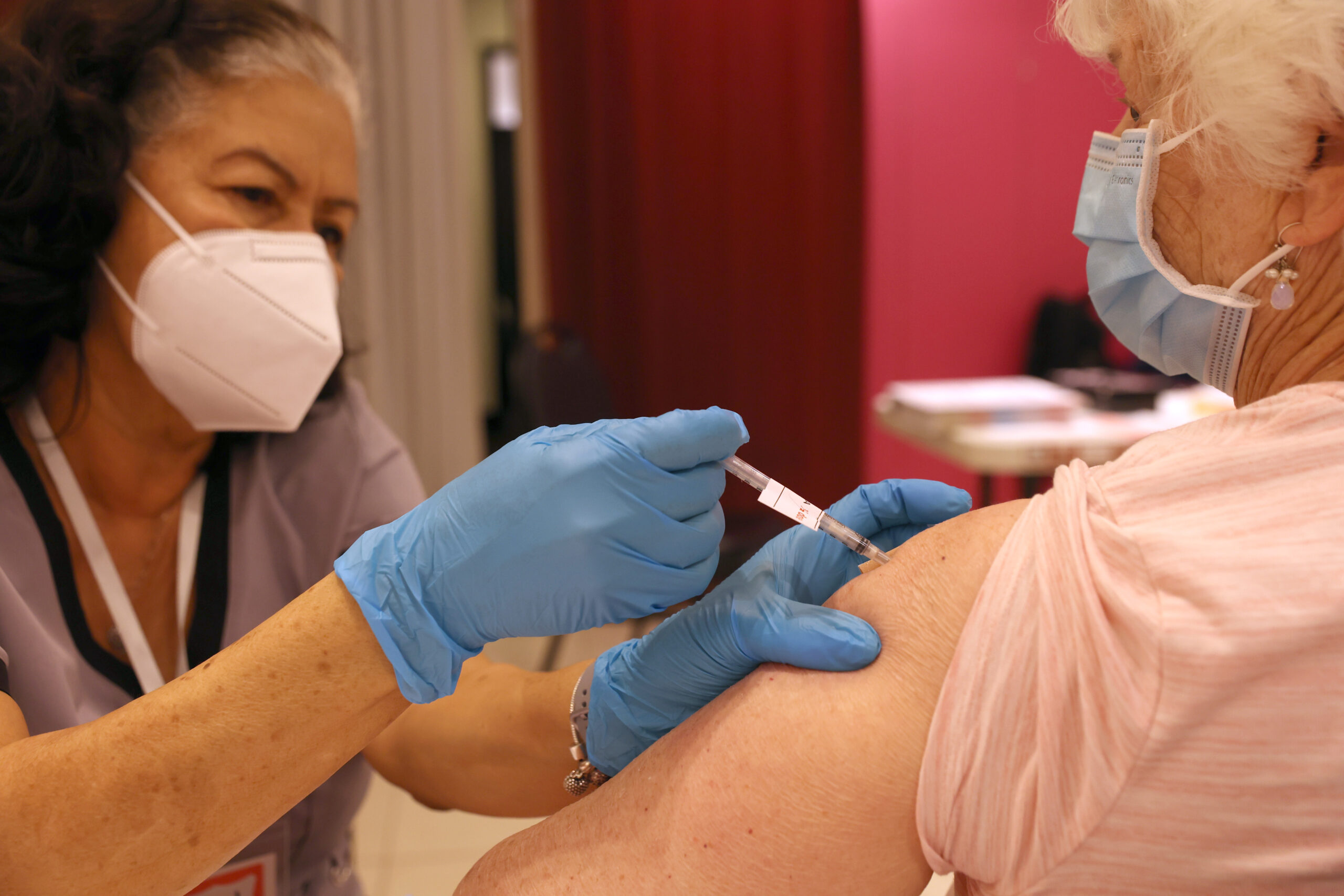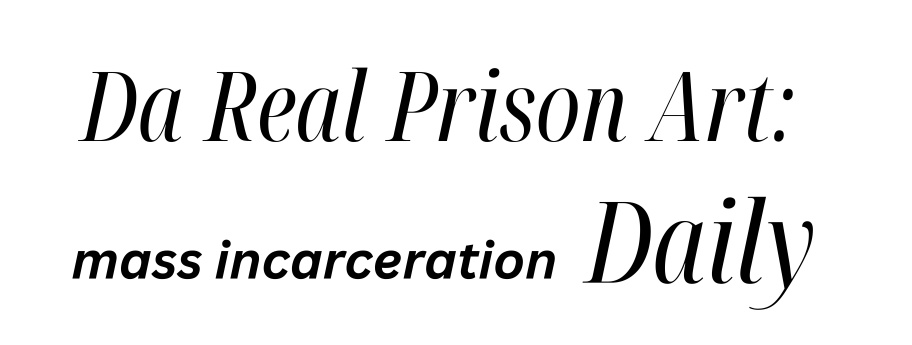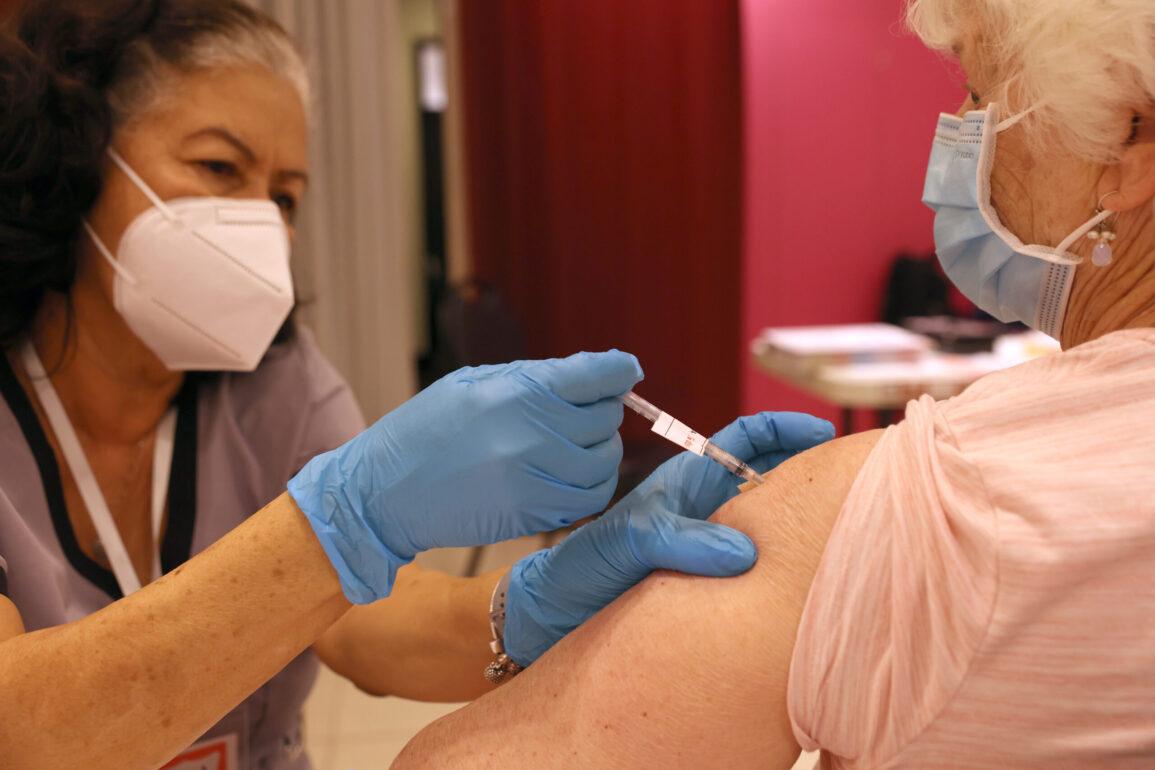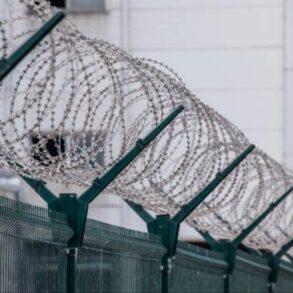
The Centers for Disease Control and Prevention recommends new COVID-19 booster vaccines for all — but many who need them most won’t get them. About 75% of people in the United States appear to have skipped last year’s bivalent booster, and nothing suggests uptake will be better this time around.
“Urging people to get boosters has really only worked for Democrats, college graduates, and people making over $90,000 a year,” said Gregg Gonsalves, an epidemiologist at Yale University. “Those are the same people who will get this booster because it’s not like we’re doing anything differently to confront the inequities in place.”
As the effects of vaccines offered in 2021 have diminished over time, boosters have been shown to strongly protect people against severe COVID and death, and more modestly prevent infection. They can have a dramatic impact on those most likely to die from COVID, such as older adults and immunocompromised people. Public health experts say re-upping vaccination is also important for those in group housing, like prisons and nursing homes, where the virus can move swiftly between people in close quarters. A boost in protection is also needed to offset the persistent disparities in the toll of COVID between racial and ethnic groups.
However, the intensive outreach efforts that successfully led to decent vaccination rates in 2021 have largely ended, along with mandates and the urgency of the moment. Data now suggests that the people getting booster doses are often not those most at risk, which means the toll of COVID in the U.S. may not be dramatically reduced by this round of vaccines. Hospitalizations and deaths due to covid have risen in recent weeks, and COVID remains a leading cause of death, with roughly 7,300 people dying of the disease in the past three months.
Tyler Winkelman, a health services researcher at Hennepin Healthcare in Minneapolis, said outreach of the intensity of 2021 is needed again. Back then, throngs of people were hired to tailor communication and education to various communities, and to administer vaccines in churches, homeless encampments and stadiums. “We can still save lives if we are thoughtful about how we roll out the vaccines.”
Complicating matters, this is the first round of COVID vaccines not fully covered by the federal government. Private and public health insurers will get them to members at no cost, but some 25 million to 30 million uninsured adults — predominantly low-income people and people of color — don’t yet have a guaranteed way to access vaccines free of charge. On Sept. 12, the CDC said it plans to provide vaccines for the uninsured, at least partly through $1.1 billion left over in pandemic emergency funds through the Bridge Access Program.
Costs are probably an issue, said Peter Maybarduk, at Washington-based advocacy organization Public Citizen. Moderna and Pfizer have more than quadrupled the price of the vaccines to about $130 a dose, compared with about $20 for the first vaccines and $30 for the last boosters, raising overall health care costs. Maybarduk pointed out that the U.S. government funded research involved in developing mRNA vaccines, and said the government missed an opportunity to request price caps in return for that investment. Both companies earned billions from vaccine sales in 2021 and 2022. Moderna’s latest investor report predicts another $6 billion to $8 billion in covid vaccine sales this year and Pfizer expects $14 billion. Maybarduk suggests the government would have more funds for equity initiatives if so much weren’t being spent on the boosters through Medicare, Medicaid, and its access program. “If these vaccines had been kept at the same price, what decisions would be made to expand the response?”
People age 75 and up have accounted for more than half of the country’s pandemic deaths. But whereas the first vaccines were quickly taken up in nursing homes, boosters have been less popular, with fewer than 55% of residents in Arizona, Florida, Nevada, and Texas getting the bivalent booster released last year. At some facilities nationwide, rates are below 10%.
Jails and prisons have seen some of the largest U.S. outbreaks — yet booster uptake there often appears to be poor. In Minnesota, just 8% of incarcerated people in jails and 11% in prisons have gotten last year’s booster, according to analyses of electronic health records by the Minnesota EHR Consortium. About 38% of people in prisons in California are up to date on boosters. Boosters make a difference. A study of California prisons found that among incarcerated people, the effectiveness of the first two doses was about 20% against infection, compared with 40% for three doses. (Prison staff saw larger benefits from three doses, an effectiveness of 72%, presumably because the chance of infection is lower when not living within the facilities.)
Low-income groups are also at heightened risk, for reasons including a lack of paid sick leave and medical care. In surveys of homeless people in California, about 60% reported chronic health conditions, said Tiana Moore, the policy director at the Benioff Homelessness and Housing Initiative at the University of California-San Francisco. Studies have found that members of this community age more rapidly, with people in their 50s experiencing strokes, falls, and urinary incontinence at rates typical of people in their late 70s and 80s.
Booster rates among people who lack housing are largely unknown, but Moore is concerned, saying they face high barriers to vaccination since many also lack medical providers, knowledge about where to go for vaccines, and the means to get there. “Many of our participants talked about concerns about leaving their belongings when unsheltered since they don’t have a door to lock,” she said. “That underscores the need to meet people where they are in an effective booster campaign.”
Black and Hispanic people have faced higher hospitalization and death rates than white people throughout the pandemic. And these groups are significantly less likely to be treated with the COVID drug Paxlovid than white patients. (Hispanic people can be of any race or combination of races.)
Uneven rates of booster uptake may exacerbate these inequalities. An analysis of Medicare claims across the U.S. found that 53% of Hispanic people and 57% of Black people age 66 and older had received a booster by May 2022, compared with about 68% of their white and Asian counterparts. Disparities were most dramatic in cities where booster uptake among white people was above average. In Boston, for example, 73% of white people were boosted compared with 58% of Black people.
People opt out of vaccination for many reasons. Those living farther from vaccine sites, on average, have lower rates of uptake. Misinformation spread by politicians may account for disparities seen along political lines, with 41% of Democrats having gotten a bivalent booster compared with 11% of Republicans. Lower vaccine coverage among Black communities has been found to stem from discrimination by the medical system, along with worse health care access. However, many Black people who hesitated at first eventually got vaccines when given information and easy access to them, suggesting it could happen again.
But Georges Benjamin, executive director of the American Public Health Association, said the downturn of reporting on vaccination and COVID rates makes it harder to tailor outreach.
“If we had the data, we could pivot quickly,” he said, adding that this was once possible but that reporting lapsed after the end of the public health emergency this spring. “We’ve gone back to the old way, recreating the conditions in which inequities are possible.”
KFF Health News, formerly known as Kaiser Health News (KHN), is a national newsroom that produces in-depth journalism about health issues and is one of the core operating programs at KFF — the independent source for health policy research, polling, and journalism.
This post was originally published on this site be sure to check out more of their content.









